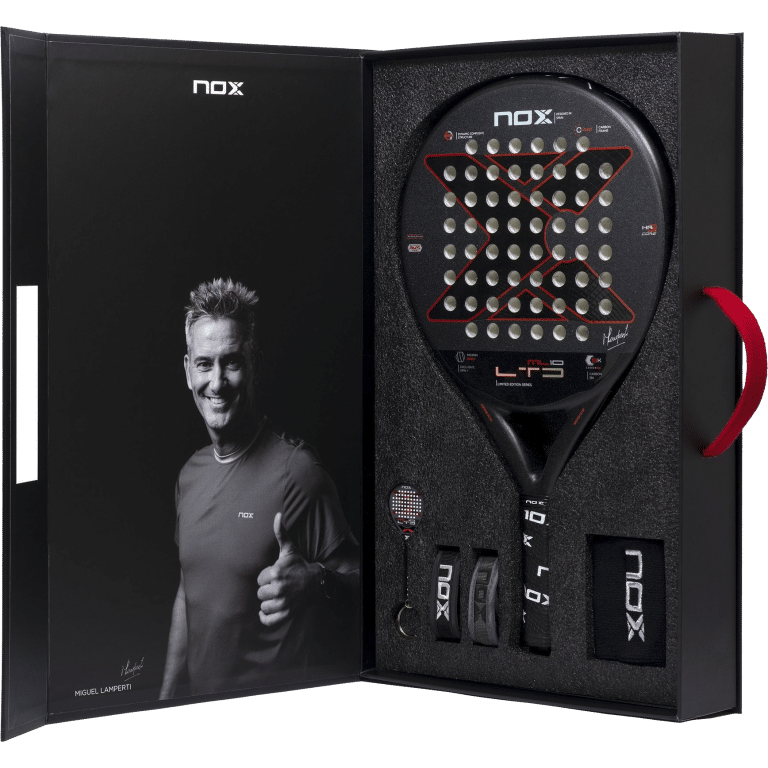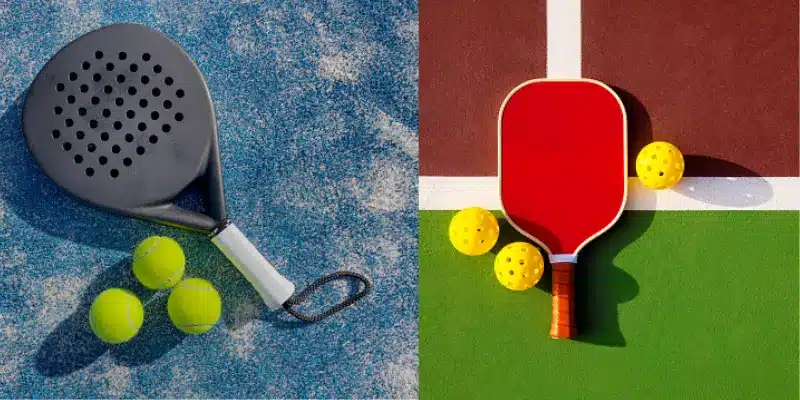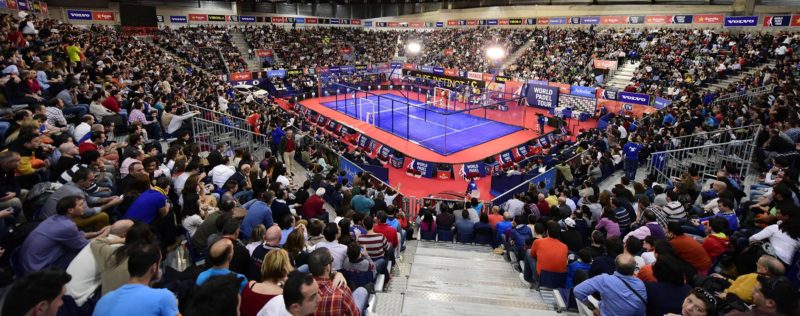
Padel is a racquet sport that combines elements of tennis, squash, and badminton, swiftly rising in popularity around the globe. At its heart, padel is defined by its unique, perforated racket design. This article aims to delve into the intricate process behind the manufacture of padel rackets, shedding light on the materials, techniques, and quality considerations that transform these essential sports equipment from raw materials into finished, performance-enhancing tools.
Raw Materials and Design
The basic structure of a padel racket consists of three elements: the handle, frame, and the striking surface. The selection of the materials is paramount to the performance, durability, and feel of the racket.
The handle and frame are typically constructed from carbon fiber, fiberglass, or a combination of both. Carbon fiber provides excellent rigidity and lightweight properties, contributing to the racket’s overall power and control. On the other hand, fiberglass offers flexibility and durability, making it a cost-effective alternative.
As a general rule, carbon fiber is heavier than fiberglass, and comes in different densities per square meter. The higher the density, the heavier it is.
Manufacturing Process
1. Mould Creation
The manufacturing process begins with the creation of the moulds for the handle, frame, and striking surface. Moulds are typically made of steel or aluminum and are designed based on the desired characteristics of the racket, such as its shape, weight distribution, and thickness.
There are four different types of moulds used in the production of padel rackets, each bringing a unique set of features to the finished product. Let’s dive deeper into these different types and their characteristics.
Diamond Mould
The diamond mould creates a racket with a diamond shape. This shape tends to concentrate more weight towards the top of the racket, moving the sweet spot (the optimal hitting zone) higher. This characteristic enhances the power of the racket and allows for more aggressive play. It’s typically suited to advanced players who have developed the necessary precision to take full advantage of this design, as hitting the ball outside of the sweet spot can lead to less control.
Round Mould
The round mould creates a round-shaped racket. This is the most traditional shape and offers a larger sweet spot located centrally. The weight distribution is also more balanced, leading to greater control and maneuverability. The round-shaped racket is typically more forgiving, making it a popular choice for beginners or those who prioritize control over power in their gameplay.
Tear Drop Mould
The tear drop mould creates a racket with a hybrid shape that sits between the round and diamond shapes. The tear drop racket has a sweet spot that’s slightly higher than the round shape but lower than the diamond shape. This mould offers a good balance between power and control, making it a versatile choice suitable for players of varying skill levels.
Oversized Mould
The oversized mould is used to create a racket with a larger surface area. The increased size can enhance the power and provide a larger sweet spot, which could be beneficial for beginners or those with less accuracy. However, the larger size also means the racket will be heavier, which could impact maneuverability.
2. Layering of Materials
Once the moulds are ready, the chosen materials are cut into the shape of the racket and layered within the mould. For the frame and handle, carbon fiber or fiberglass sheets are cut and carefully arranged in a cross-hatch pattern, providing strength and rigidity to the structure.
The striking surface’s core, either EVA or FOAM, is cut into the racket shape and sandwiched between additional layers of carbon fiber or fiberglass. The number of layers used and the orientation of the layers can significantly impact the final racket’s characteristics, such as its stiffness and responsiveness.
3. Resin Application
After layering the materials, a special resin is applied. The resin is used to bind the various layers together, providing additional rigidity and durability. The resin is carefully spread over the entire surface to ensure uniform coverage and bonding.
4. Compression and Curing
The layered and resin-coated racket is then placed inside a hydraulic press, which applies high pressure to compact the materials, ensuring the resin permeates throughout. This compression process is crucial in defining the racket’s final stiffness and strength characteristics.
The racket is then heated to a specific temperature to cure the resin, a process that hardens it, bonding the layers permanently. The curing process can take several hours and must be carefully monitored to ensure the resin hardens uniformly and to the correct hardness.
5. Finishing Touches
After the curing process, the racket is removed from the mould. At this stage, the basic shape of the racket is complete, but additional finishing processes are required. The racket is trimmed to its final shape, removing any excess materials from the edges.
The holes in the striking surface are then drilled using a precision drill template. These holes are a distinctive feature of padel rackets and influence the aerodynamics, weight, and maneuverability of the racket.
Finally, the racket undergoes a quality check to ensure it meets all the specifications and performance standards. This includes a visual inspection to check for defects, as well as tests to verify the weight, balance, and responsiveness of the racket. Once approved, the racket is ready to be packaged and shipped to retailers worldwide.
How Much Does a Racket Weigh?
All the materials used in manufacturing the racket will result in a specific weight for the final product. As a customer, you can typically order the model you want within one of a few weight ranges.
The weight of a padel racket plays a crucial role in how it performs and feels. It can influence the power and control the player has over the ball, and it can significantly affect the player’s comfort and risk of injury. However, the optimal racket weight can vary greatly depending on the player’s strength, skill level, playing style, and even their body weight.
Here is a simple guideline for choosing a padel racket weight based on the player’s gender and body weight. Please note that these are general guidelines and individual preferences may vary.
| Gender | Body Weight | Racket Weight |
|---|---|---|
| Male | Below 70 kg | 360-370 grams |
| Male | 70-80 kg | 370-380 grams |
| Male | Above 80 kg | 380-390 grams |
| Female | Below 60 kg | 340-360 grams |
| Female | 60-70 kg | 360-370 grams |
| Female | Above 70 kg | 370-380 grams |
Keep in mind that depending on the grip size of the racket and your hand size, you might need to add a few overgrips, which will add to the total weight of the racket. The same applies if you apply a protector to the top part of the racket’s frame (something that is very common among amateur players in order to prolong the life of the racket).
Evolving Technologies and Sustainable Practices
The manufacturing process of padel rackets is continually evolving with advances in materials science and engineering. New materials such as Kevlar and titanium are being experimented with for their unique properties, potentially leading to rackets with even better performance characteristics. Furthermore, 3D printing technologies are opening up new possibilities for customized rackets, tailoring them to an individual’s specific needs.
Sustainability is another emerging trend in the padel racket manufacturing industry. Companies are exploring eco-friendly materials and processes, such as bio-resins and recycled carbon fiber, aiming to minimize their environmental impact while maintaining high-quality standards.
Conclusion
The manufacture of padel rackets is a meticulous process that blends art and science. It’s a journey from raw materials to a sophisticated piece of sports equipment that greatly influences the game’s dynamics. While the process can be complex, the outcome – a well-crafted racket – can make all the difference in the hands of a skilled padel player. The future promises even more innovation, propelling this young sport to new heights.
Understanding the process behind how your padel racket is made can not only increase your appreciation for the sport but also help you make more informed choices when purchasing your next racket, ensuring you find the perfect fit for your playstyle and ability level.




